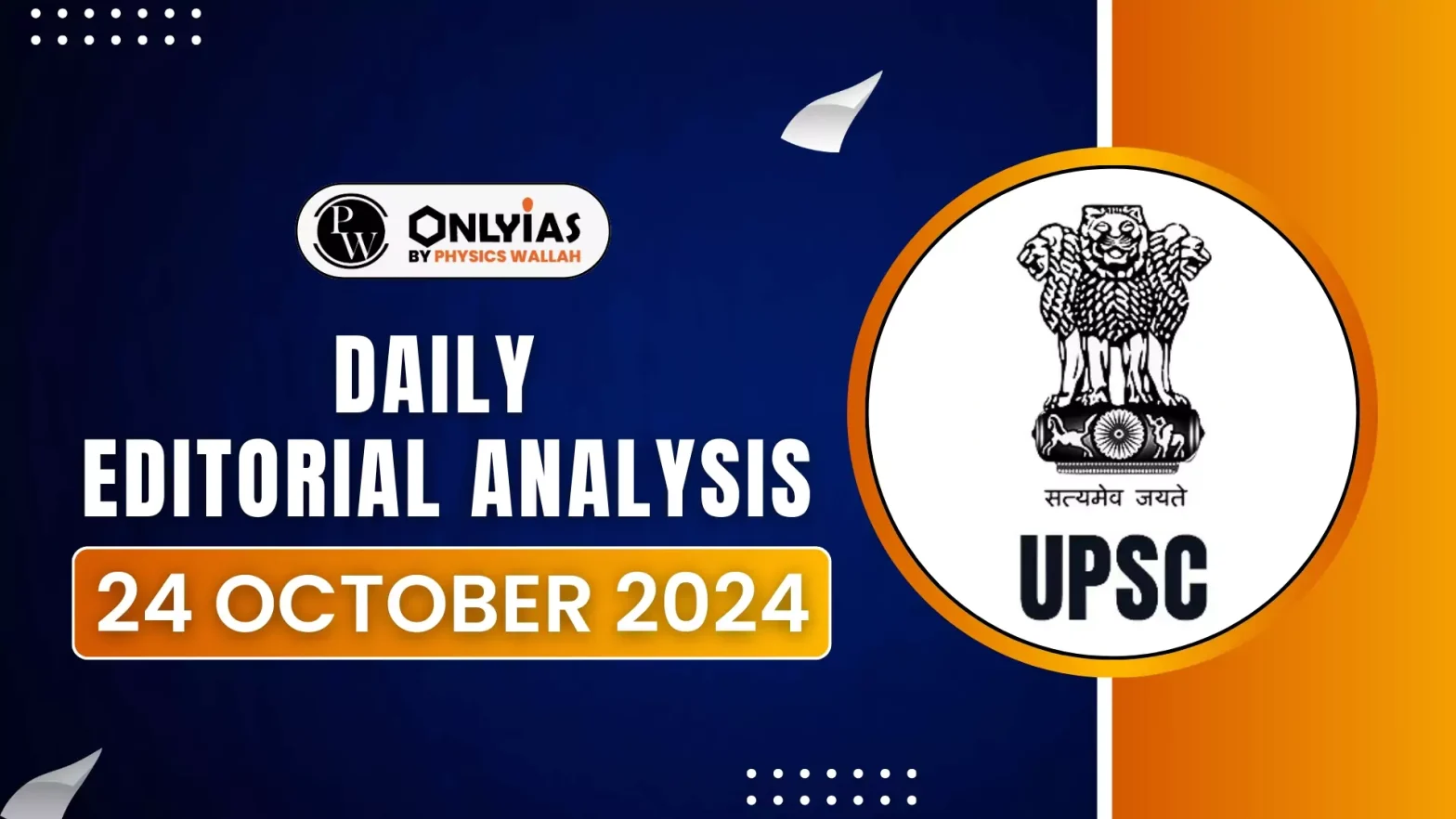India’s near elimination of kala azar and trachoma as public health threats has received minimal media attention compared to the disease outbreaks that capture headlines.
Elimination vs. Eradication
- Eradication is defined as the permanent reduction to zero of the worldwide incidence of infection, making it more difficult to achieve. An example of this is smallpox.
- In contrast, elimination refers to the reduction of infection in a specified geographic area according to WHO-defined limits.
|
Enroll now for UPSC Online Classes
Current Status of Trachoma and Kala Azar in India
India has made significant strides in combating two major neglected tropical diseases: kala azar and trachoma.
- India will seek WHO certification for eliminating kala-azar after bringing the number of cases down to under one in 10,000 for two consecutive years. It is considered the second deadliest parasitic disease after malaria in India.
- According to figures from the Union Health Ministry, India registered 595 cases and four deaths in 2023, and 339 cases and one death so far this year. The country must maintain this achievement for another year to be eligible for WHO certification.
- India contributed about 11.5% of the cases of kala-azar globally and in the 1970s, trachoma was responsible for 5% of all blindness in the country.
Basics of Kala Azar and Trachoma
- Kala-azar: It is spread by the sandfly, which transmits the protozoan parasite Leishmania donovani, and is present only in its visceral leishmaniasis form.
- Trachoma: This disease is caused by the bacteria Chlamydia trachomatis, which is the leading infectious cause of blindness globally.
- Non-availability of Vaccines:These diseases are particularly challenging as they do not have available vaccines, and modern attempts to develop vaccines for either kala-azar or trachoma have been unsuccessful. This makes the public health achievement even more significant.
- Neglected tropical Diseases: They are classified as neglected tropical diseases and are linked to poverty and inadequate sanitation.
- India’s Achievement: It was through a sustained government-run public health campaign that addressed disease spread and its social implications—such as income, nutrition, and access to health services—that elimination was finally achieved.
Way Ahead
- Sustained Surveillance: Essential after the declaration for trachoma; necessary for continuing progress toward kala-azar elimination.
- Avoiding Complacency: Celebration is important, but complacency could undermine gains, as these diseases remain in communities without WHO certification.
- Ongoing Research: Efforts to develop better cures and vaccines must continue; vigilance is required until both diseases are eradicated.
Check Out UPSC NCERT Textbooks From PW Store
Conclusion
India’s progress in nearly eliminating kala azar and trachoma is a significant public health achievement, yet it requires ongoing vigilance. The journey towards complete eradication of these diseases is not over, and sustained efforts will ensure that these health threats do not resurface.
![]() 24 Oct 2024
24 Oct 2024

